The Black Circle: An Overview
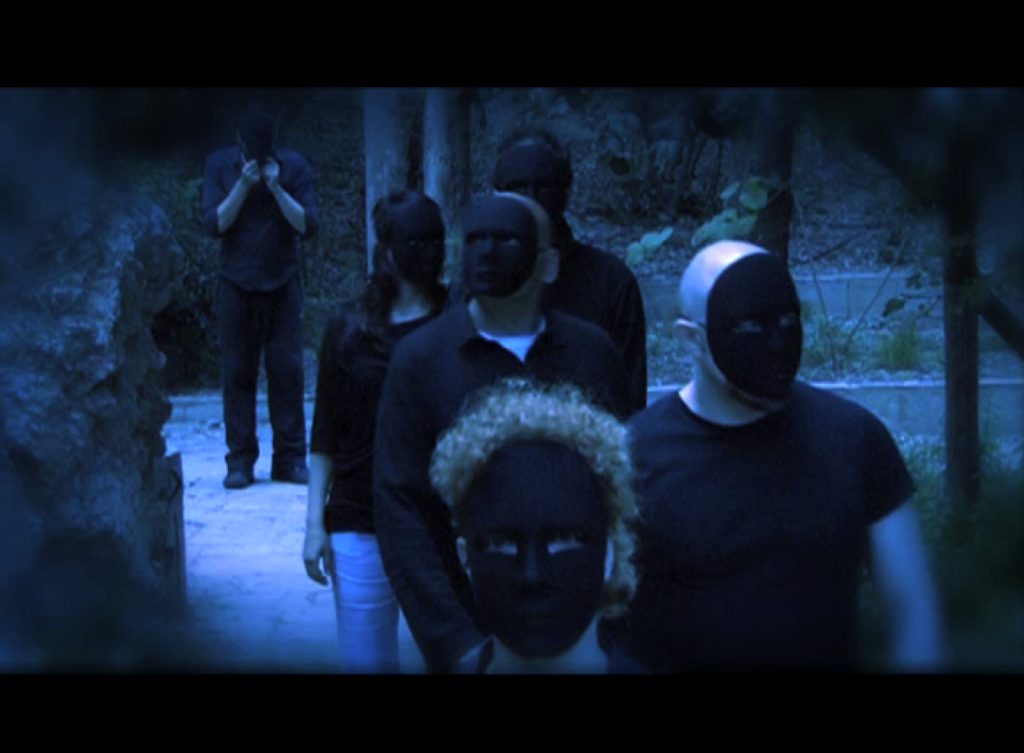
The Black Circle (2009-2013) is a SAGA by Kostis Stafylakis & Vana Kostayola reflecting on the emergence and silent proliferation of ideas of alternative fascism in the post-2008 Greece.
In the aftermath of the 2008 social uprising, that was triggered by the murder of the young Alexis Grigoropoulos by a police officer, and signalled the start of an immense crisis, Stafylakis and Kostayola noticed the sudden, yet disguised, emergence of radicalist groups belonging to the fringe space known as Third-Positionism (Autonomous Nationalism, Radical Traditionalism, National Anarchism and so on). Around 2009, KavecS started working on the Black Circle project: an awkward and alerting simulation of local Third-Positionist groups that appeared to propagate crypto-fascist ideas either on the blogosphere or through actual street activism. By drawing on the online material that was discovered at the webpages of groups such as the Black Lilly, KavecS produced a variety of performances that mimicked the style of their discourse, online aesthetics, and masculinist posture. In certain cases, Greek Autonomous nationalists would raid Athenian social spaces wearing Guy Fawkes masks. The Black Circle’s post-digital performances, spanning from online research to physical declarations, were rants mimicking the eclectic and, eventually, poisonous content of these masqueraded right-wing extremists.
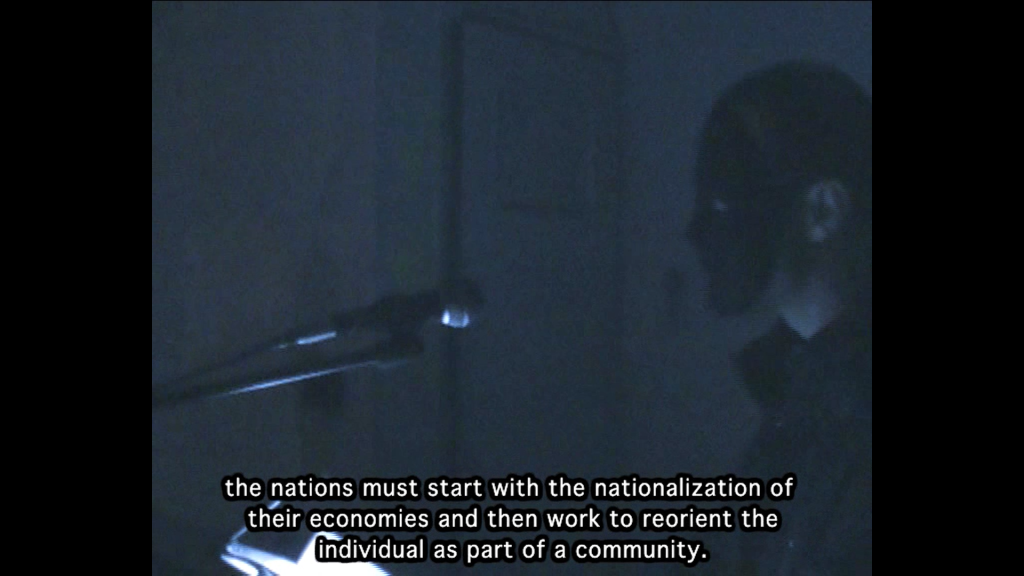
Most of the Third-Positionist groups that existed around 2009 were early splits of Neo-Nazi organizations such as the Golden Dawn. The leaders of such groups were excommunicated by Golden Dawn at various stages of its development. In the aftermath of 2008, these Third-positionists would often disguise as anti-authoritarianists, trying to influence anarchists and students. The Black Circle performances alerted students, artists, and activists to the existence of these disguised radicalist fractions. At the time, Stafylakis and Kostayola had no concrete idea, but a premonition, that such ideological tendencies would grow big, infiltrate other social movements, and eventually become a pillar of what nowadays corresponds to the International Alt-Right. The messianic tonality of the Black Circle’s rants was inspired by Peter Mlakar’s (NSK State’s philosopher) discursive performances. The Black Circle project started to unfurl as a SAGA, with alternate setups hosted by events and shows such as the Media Impact: festival of activist art at the 4th Moscow Biennial, the “Truth is Concrete” marathon by Steirischer Herbst, the Hell as Pavilion show at Palais de Tokyo, and various festivals across Europe.
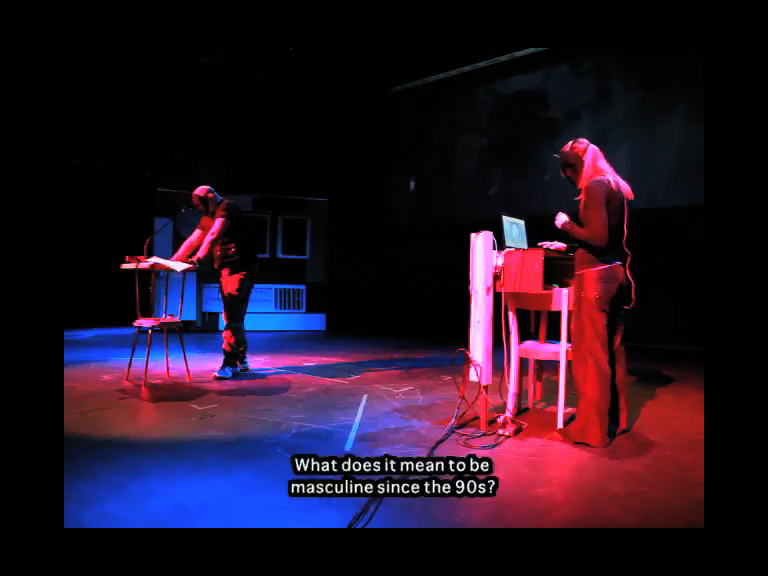
Each performance would appropriate elements from local politics and extremist traditions. At the Athenian XYZ Outlet, the Black Circle performance focused on viral trashy bloggers of the early Greek blogosphere, such as Anarchopanathas, a supposedly anti-authoritarian fan of the Panathinaikos Team that propagated manarchist and homophobic views. The Black Citcle show at aaart featured a video that recited dialogues from the Greek Indymedia page. There, some “anarchists” were trying to justify the homophobic attack against Querido Cucu, a gay bar that existed on Exarcheia square, Athens. At Moscow, the Black Circle recited prophecies that the Blond Genus (Russians) would conquer Istanbul and reinstate the Byzantine Empire. At the time, such nationalist fantasies were very popular in Greece due to the cult around a monk called Father Paissios, who supposedly prophetized the “Third Rome”. At Palais de Tokyo, the performance drew on the radical traditionalism of Julius Evola, Rene Guenon and the New Right to draw parallels between the era of Europe’s decay and the so-called Kali Yuga. At Steirischer Herbst, the Black Circle opened the performance section of Truth is Concrete with a rant against the “feminization of Europe” and its take-over by “political correctness”. The projections on the walls were eclectic pastiches of esoteric diagrams, landscapes, neo-medieval videogames, and posters screen-grabbed from blogs such as the Black Lily, which apparently still exists. Though such expressions inhabited the periphery of the radical spectrum, the Black Circle functioned as an ominous pre-enactment of the political compass’ acceleration in the mid-2010s.

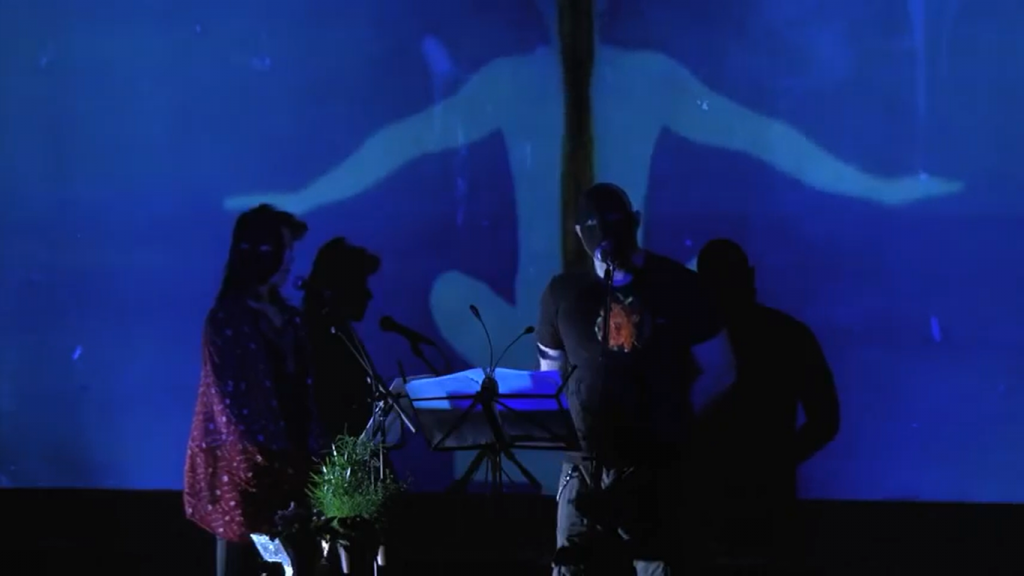
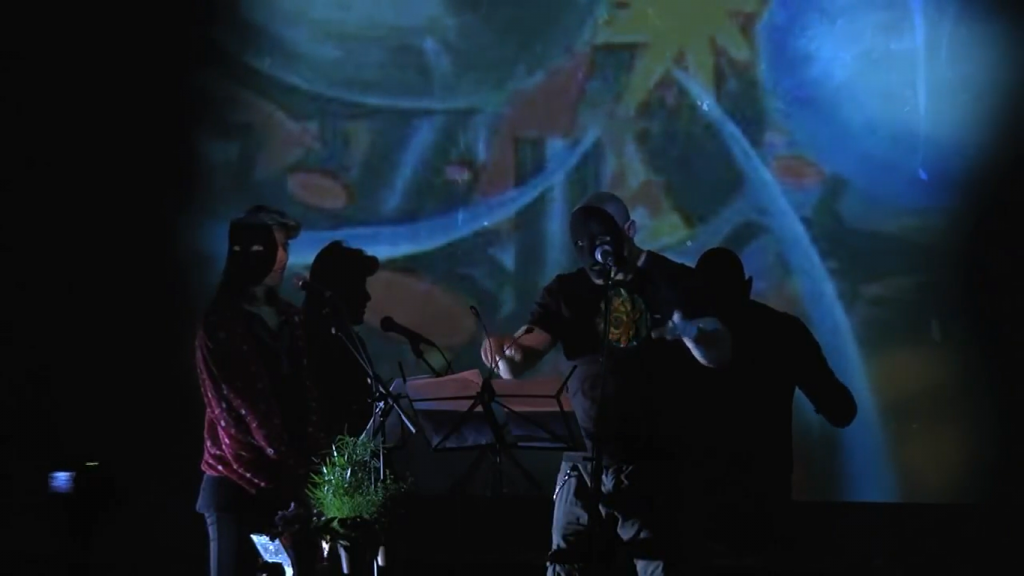

Reviewing the Black Circle at Hell As Pavillion ta Palais De Tokyo, Dikappa wrote at AQNB:
‘Roaming through the exhibition one stumbles upon a video-art piece called The Black Circle. It combines recordings of live performances by art duo KavecS, as well as footage from the streets of Athens; religious symbols, football fanatics ranting about politics. It pieces together a representation of the confusion of identity that reigns over contemporary society. These images question our ability to have a united identity and to combine our cultural and historical background with the new world order where even the terms of masculinity and femininity are put to the test. During their live performance, artists Vana Kostayola and Kostis Stafylakis, role-play as a frustrated and emasculated man, a woman mocking him for his frustration, while anarchists, or their look-alikes, propose a solution in National Anarchism. They interrupt their rantings as if all this is an elaborate rehearsal and not the actual performance. The video is perplexing, at times chaotic and confusing, i.e. a perfect depiction of the European predicament, not as depicted on mainstream media but as felt by the people living under this stressful period of upheaval.’
Peter Weibel commented on the rant participation of The Black Circle in the Media Impact Festival, 4th Moscow Biennale:
‘I was impressed, very impressed. Because he shows for the first time and correctly that anarchists can be right-wing fascists. And showed this tradition from Leo Strauss to Evola. It is an important contribution. Joseph Beuys does fit into this right-wing anarchism model. When you examine his writings, you realize his romantic anarchism becomes concomitantly very right-wing anarchism. In Germany the Green Party in the beginning had two trends: one was the green and left, the other one was the right-wing green. There was a big debate in Germany about the Green Party. And Beuys was part of the right-wing tendency. So he was not allowed to enter the Green Party because at that time all these left people dominated the Green Party, and they said “No, we don’t want Joseph Beuys, because he’s from the right-wing Green Party.”
And as an artist, he is different from Santiago Sierra. Because Santiago Sierra just repeats the action, Kostis does the opposite. He does what I call re-enactment, so you re-enact something that really means you see something in the media, you re-enact it and see it again. So you keep the ontological difference with reality the way the Learning Film Group did this too. It is the right direction to go in our imformation age, re-enact, but not repeat reality, like the Learning Film Group in the Moscow Biennale 4 did it with the Grenelle Agreements…’
From Presentation of the book “IO++ Program Texts for Possible Wolds” by Peter Weibel, in Media Impact: International Festival of Activist Art, 24 September – 10 October 2011 Moscow, edited by Tatiana Volkova, ZKM Publications, Moscow 2011, pp. 67-68.